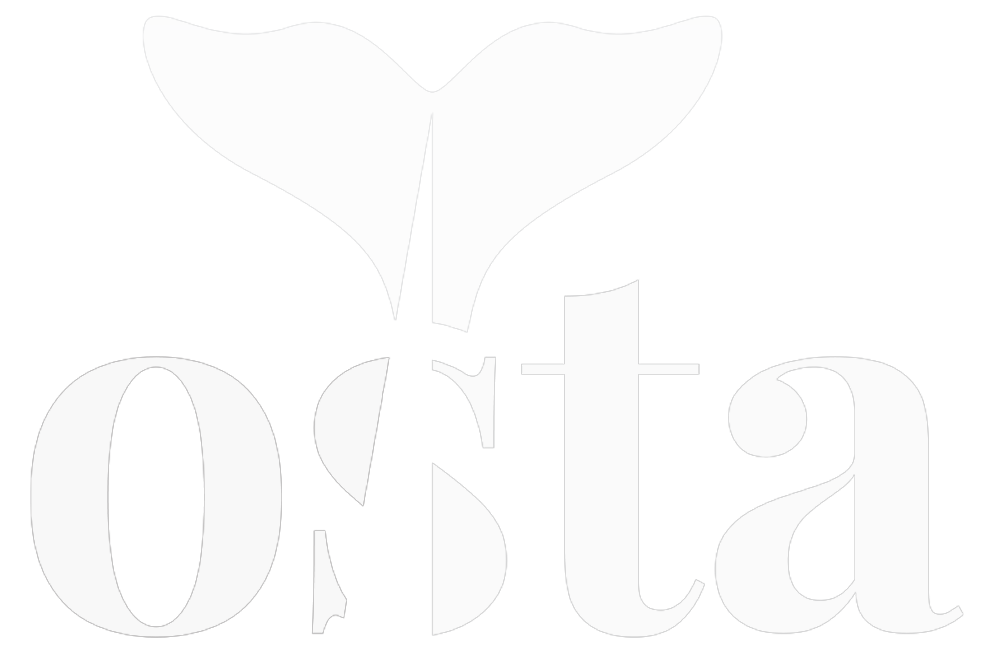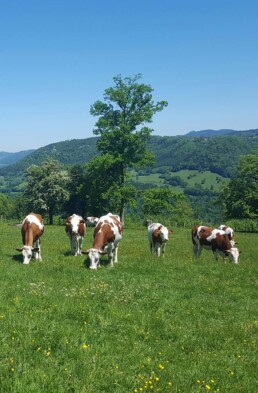Dierlijke uitdagingen overwinnen
Vlaamse melkkoeien terug naar de wei: initiatief om dalende trend om te buigen
Optimalisatie van weidegang: strategieën voor Vlaamse melkveebedrijven
In Vlaanderen is weidegang een vereiste voor melkveehouders om de MCC-certificering (Melkcontrolecentrum Vlaanderen) te verkrijgen. Deze certificering is essentieel voor het behalen van het Weidemelk label, uitgereikt door Stichting Weidegang.
Het Weidemelk label wordt toegekend aan melkveehouderijen waar koeien minimaal 120 dagen per jaar, 6 uur per dag buiten grazen. Melkveehouders hebben de flexibel om deze uren te verdelen, mits ze jaarlijks minstens 720 weide-uren bereiken. Dit biedt ruimte voor aanpassingen op basis van grasbeschikbaarheid.[6]
In 2022 deed 45% van de Vlaamse melkveehouders een aanvraag voor het Weidemelk label.[7] Bij gedeeltelijke begrazing is het vereist dat ten minste 25% van de kudde 120 dagen per jaar graast. Gedurende de wintermaanden verblijven de koeien in de stal vanwege beperkte grasgroei en natte bodemcondities.[8]
Geïnspireerd door het Nederlandse Convenant Weidegang uit 2012, waarin 83 partijen begrazing ondersteunen, kan Vlaanderen soortgelijke initiatieven lanceren. In Nederland:
- Ontvangen melkveehouders die begrazing toepassen een premie van gemiddeld €1,60 per 100 kg melk.[9]
- Biedt het “New Grazers”-programma gespecialiseerde begeleiding aan melkveehouders die overstappen op begrazing.
- Integreert het “Amazing Grazing”-project wetenschappelijke kennis in praktische begrazingsstrategieën
- Is er hernieuwde aandacht voor begrazing in het onderwijs, met de aanstelling van een Docent Begrazing sinds 2016.[10]
De naleving van deze richtlijnen wordt gecontroleerd door Qlip, een onafhankelijke organisatie. Zij voeren zowel fysieke als administratieve controles uit, waaronder het verifiëren van begrazingskalenders en en het uitvoeren van inspecties ter plaatse. Deze controles worden ondersteund door digitale registratiesystemen.[11]
Decline in Grazing Rates
Recent surveys in Flanders have reported a concerning decline in grazing practices. Over the span of a decade, the proportion of grazing dairy cows in Flanders has steeply decreased from approximately 93% to 60.3%. [1] Considering the dairy cow population in Flanders is around 339,580 [2] this means the number of cows allowed to graze has fallen from 315,809 to 203,748.
In contrast, the Netherlands maintains a higher and more stable grazing rate, with 83.9% of dairy cows grazing as of 2022. Grazing rates in Wallonia also remain significantly higher.[3]
The decline in grazing in Flanders is tied to issues such as the fragmentation of land parcels, which leads to smaller home pastures. Over the past 15 years, the density of cows per hectare of home pasture among grazers has noticeably increased from 3.5 to 7.9. To qualify for the pasture milk certificate, a maximum of 10 dairy cows per hectare must be maintained. With the increasing cow density and smaller pastures, it has become challenging for many farms to meet this requirement. As a result, it is understandable why many farms opt to confine their cattle instead of allowing them to graze. [4]
Farmers have cited several reasons for not grazing their cows. These include challenges associated with milk robots (33% of respondents), a wish to avoid diet fluctuations (33%), insufficient size of home pastures (29%), optimizing manure utilization and transport efficiency (29%), and the need for home pastures to rotate with arable land. [5]
Optimizing Pasture Grazing: A Blueprint for Dairy Farms in Flanders
In Flanders, it’s mandatory for all cows to have access to pasture grazing for a minimum duration to earn the certification from MCC (Melkcontrolecentrum Vlaanderen), the Flemish certification center for grazing. This certification is essential for obtaining the Dutch Meadow Milk label, provided by Stichting Weidegang, the Dutch Meadow Milk Fund.
Meadow milk is sourced from farms where cows are allowed to graze in the pasture for at least 120 days annually, for 6 hours daily, from spring through fall. Although it’s not a common practice for cows to graze continuously from spring to fall, dairy farmers may allow grazing for at least 120 days and a minimum of 720 hours per year. This flexibility enables adjustments based on grass availability, potentially allowing for grazing over fewer hours daily but extending across more days.[6]
In 2022, 45% of Flemish dairy farmers applied for the meadow milk label.[7] Alternatively, in partial grazing, at least 25% of the herd must graze for a minimum of 120 days annually. During winter, cows remain in the barn due to insufficient grass growth and wet ground conditions.[8]
Drawing inspiration from the Netherlands’ Grazing Convenant established in 2012, where 83 parties have signed the Covenant to endorse and promote grazing, similar efforts can be launched in Flanders to encourage pasture grazing. In the Netherlands:
- Dairy farms offering grazing receive a premium paid by dairy companies, averaging € 1.60 per 100 kilograms of milk, incentivizing full grazing implementation.[9]
- The New Grazers guidance program provides specialized coaching for dairy farmers transitioning to grazing, offering support and tips over two seasons.
- The Amazing Grazing project focuses on implementing scientific knowledge and solutions in grazing practices, addressing aspects such as grass growth, intake, and cow behavior.
- Renewed emphasis on grazing in education includes the appointment of a Grazing Lecturer in 2016 to transfer knowledge to agricultural education institutions, focusing on decision-making processes and technical aspects for future dairy farmers.[10]
The adherence to pasture grazing is ensured through audits by an independent party, Qlip, which conducts physical and administrative checks, including verification of grazing calendars and on-site inspections, supplemented by digital grazing registration systems.[11]
Potentiële impact: een optimale realiteit voor melkkoeien
135.832 dieren
135.832 koeien
__
Uit gegevens blijkt dat Vlaanderen ongeveer 339.580 melkkoeien telt. Momenteel kan slechts 60,3% hiervan, zo’n 203.748 koeien, buiten grazen. Dit impliceert dat 135.832 koeien (het verschil tussen 339.580 en 203.748) geen toegang hebben tot weilanden. Als alle melkkoeien de mogelijkheid zouden krijgen om te grazen, zou dit resulteren in 135.832 extra koeien in de wei.
[1] P. Van Rumst, A. Schellekens, K. Piccart, en T. Cloet, et al., ‘WeideWijs: toekomstgericht beweiden in Vlaanderen’ (Informatiebrochures, augustus 2023) 4.
[2] Vlaams Departement Landbouw en Visserij, Veestapel 2022.
[3] Ibid. Vlaams Begrazingsproject (n 1) 3.
[4] Ibid. (n 1) 5.
[5] Ibid. (n 1) 5.
[6] Weidemelk Stichting, ‘Wat is weidemelk?’ www.weidemelk.nl/nl
[7] Ibid. Vlaams Begrazingsproject (n 1) 4.
[8] Duurzame Zuivelketen, Weidegang Factsheet, 1, www.duurzamezuivelketen.nl/resources/uploads/2019/03/Factsheet_Weidegang_2019.pdf
[9] Ibid. Weidegang Factsheet, 2.
[10] Ibid. 2.
[11] Ibid. 3.


